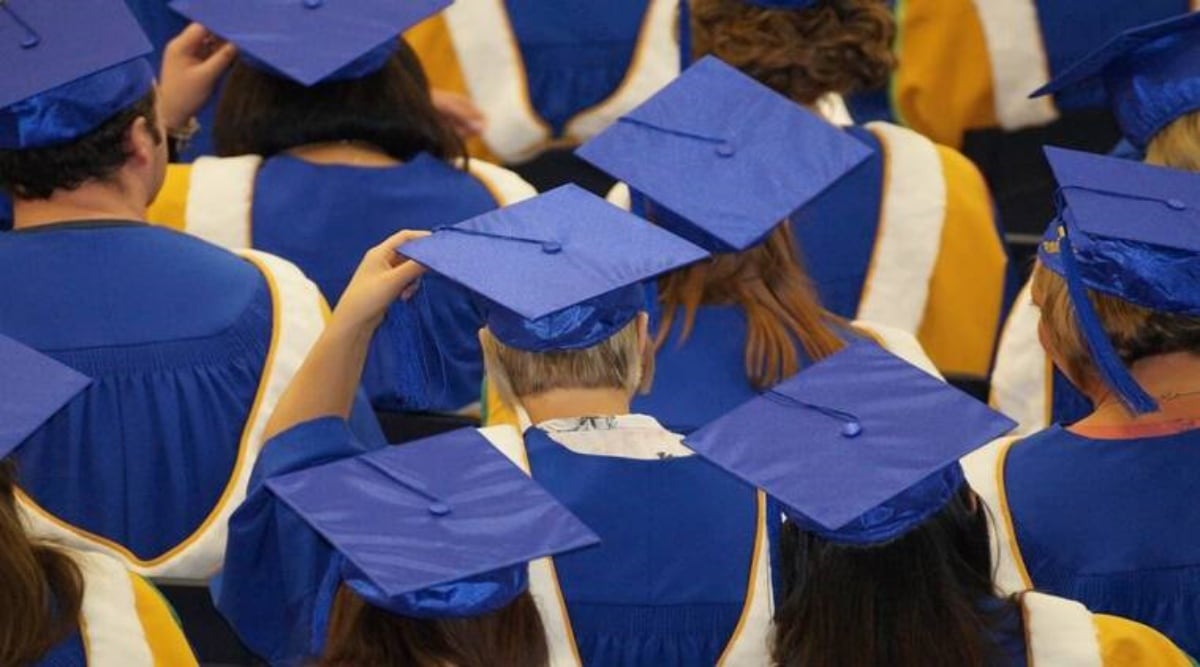- Arvind's Newsletter
- Posts
- Arvind's Newsletter
Arvind's Newsletter
Issue No #628
Yesterday we had reported the UGC had floated guidelines for encouraging top foreign universities to set up shop in India so that many more Indian students could get access to high quality education at a lower cost and without travel out of India. Pratap Bhanu Mehta, in this opinion piece in Indian Express, writes that this initiative while well intentioned may not achieve its purpose
"To get top universities like Princeton, Stanford, Yale and Oxford to set up campuses in India. Ask yourself this. Why do these universities not have any branch campuses anywhere in the world, including countries with liberal regulatory environments? Why would they set up in India? What is it about the economics and the structural form of a top research university that makes it difficult to reproduce them? There are about four hundred foreign campuses operating in the world. But just consult the comprehensive database of American universities operating abroad compiled by C-BERT. Just go through the list yourself to see what proportion of those institutions are top-tier institutions. Barely a handful, if one is being generous. Very few are like NYU Abu Dhabi, but almost all of them received massive subsidies from the home government. Several high-profile ones like Yale–NUS have been “reabsorbed.” More than 30 per cent of foreign campuses receive some form of subsidy, and the better the institution, the more subsidy it requires. Can India justify subsidising top-tier foreign institutions with public money?"
2. Louis Rosenberg's article in the Big Think opines on why 2023 will be a year of mixed reality. The metaverse received a lot of hype in 2022, but the cartoonish virtual world depicted by the media is not what will transform society. What will transform society is "mixed reality" (MR), in which immersive virtual content is seamlessly combined with our physical world. Many new hardware and software products are coming out in 2023 — a veritable "arms race" in mixed reality.
"Mixed reality is just getting started. The technology is poised to take off, and it’s not just the impressive new headsets from Meta, HTC, and potentially Apple that will propel this vision forward, but hardware and software tools from Magic Leap, Snap, Microsoft, Google, Lenovo, Unreal, Unity, and many other major players. At the same time, more developers will push the limits of creativity and artistry in MR. Already, they are unlocking what is possible when you combine the real and the virtual, from new types of board games (Tilt Five) and powerful medical applications (MediView XR) to remarkable entertainment experiences (Niantic Labs)".
3. It’s been a mystery why Roman concrete often lasted thousands of years, but ours decays in mere decades. Turns out they incorporated chemicals in a process that induces self-healing; scientists at MIT just figured this all out - in 2022.
"Romans might have actually directly used lime in its more reactive form, known as quicklime in their concrete by hot-mixing. The benefits of hot mixing are twofold: First, when the overall concrete is heated to high temperatures, it allows chemistries that are not possible if you only used slaked lime, producing high-temperature-associated compounds that would not otherwise form. Second, this increased temperature significantly reduces curing and setting times since all the reactions are accelerated, allowing for much faster construction."
4. The views of Nassim Nicholas Taleb, is always interesting to read. In this article which is translated from French from the L'Express magazine.Last year, 2022 was not of much respite for cryptocurrencies. While bitcoin has lost more than 60% of its value, the entire sector is in crisis, punctuated by various bankruptcies such as those of Terra and FTX. The phenomenon is the consequence, according to scholar and former trader Nassim Nicholas Taleb, of the low-interest rate “Disneyland” economy in which we have been living for fifteen years. A “cluster” was formed: Pro-Putin, climate and Covid deniers, carnivores, and crypto culties, that Taleb, a former crypto hopeful but a fierce opponent since 2021, has decided to attack head-on.
5. Can 6000 to 9000 steps a day keep heart attacks at bay among older adults? A new study has shown that older adults, mostly over 60, may significantly reduce their risk of cardiovascular disease (CVD) by walking between 6,000 and 9,000 steps per day. Published recently in the journal ‘Circulation’, it analysed data from over 20,000 people in the US and 42 other countries.
Lead author, Dr Amanda Paluch, from the University of Massachusetts, has said that for every 1000 steps added, there was an incremental reduction in CVD risk. The average age of subjects was 63 years with 52% of the study group being women. Compared to people who walked 2,000 steps per day, researchers found that individuals walking between 6,000 and 9,000 steps daily had a reduced risk of cardiovascular disease, including heart attacks and strokes, by 40 per cent to 50 per cent. Monitoring and promoting steps per day is a simple metric for clinician–patient communication and population health to reduce the risk of CVD, the researchers have said.




